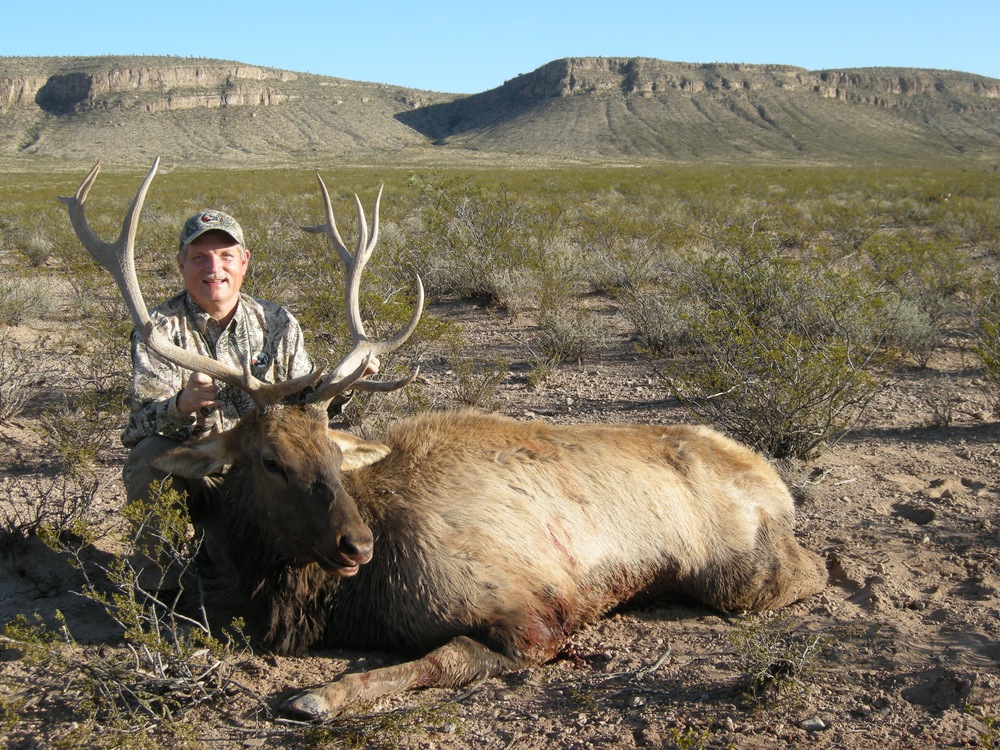Don Frantzen on Predator Removals
Don Frantzen is a highly-experienced manager of deer herds. We have been friends for twenty-five years.

He offered these thoughts on predator removals:

“Chris–I can already offer one suggestion for your consideration regarding your wildlife programs at the Circle Ranch — that being a yearly predator control program. I offer the following assumptions, thoughts, and facts to support that recommendation for your consideration:
- I assume one of the Ranch’s goal is to maximize revenue from the wildlife.
- Based on my observations of seeing numerous coyotes in broad daylight every day while on the Ranch, it would be reasonable to assume there is a considerable population.
- Coyotes are efficient predators and readily travel great distances.
- It is my understanding the Ranch does not currently have an annual predator control program, and it has been several years since a predator control program was undertaken.
- The noticeable lack of mule deer fawns this year suggests that predator control would prove to be economically profitable in the ‘long-run’ for the Ranch.
- Based on my incidental observations, there will be minimal to no fawn recruitment this year. This means there will be on entire age class of mature bucks missing in 5 yrs and for the subsequent years, when the bucks would offer the greatest economic return to the Ranch. The lack of this age class will be reflected in a lower revenue from mule deer hunting during those years.
- West Texas has been under drought conditions and such a natural condition results in a lower recruitment of young into a population. This fact makes predator control EVEN MORE important during such stressful times in order to insure the greatest number of young are recruited into a population.
I offer the example that predation on a fawn crop of 10 fawns is markedly more dramatic than predation on a fawn crop of 100 fawns.
- It is reasonable to assume there is a constant influx of predators moving from neighboring ranches into the Circle due to its better range conditions, greater availability of water, and greater wildlife concentrations.
- There is probably an even greater influx during a drought, much like deer where their ranges tend to diminish in size as they become more concentrated along the better habitat of water drainages during extended droughts.
- A reasonable case could be made for the economic feasibility of a yearly predator control program when the cost is compared with the yearly economic return potential of game animals through your commercial hunting operations.
- There may be an economic ‘value’ for the predators, but the potential for offering commercial “Predator Hunts” at the Ranch and the demand for such is an unknown. Perhaps Mr. Zachary could offer an ‘insight’ regarding the potential for such.
- More importantly, it is unknown if these hunts would achieve effective predator control.
- Perhaps there is the possibility of a ‘Rancher’s Cooperative’, whereby the Circle Ranch and the neighboring ranches could enter into a ‘shared’ predator control program. This would benefit everyone through the reduction of predator numbers over a greater land area, along with the benefit of ‘sharing’ the expenses of such a program.
- Predator control would benefit all wildlife at the Circle Ranch — the recreational and economic species such as quail, turkey, pronghorn, elk, mule deer and bighorn sheep — as well as the non-game species.
- A predator control program will not eliminate the predators, only lessen their overall impact on the wildlife.
- If an annual predator control program is not an option, then STRONGLY consider that such a program be undertaken during periods of anticipated droughts or other environmental stressors, and whenever there are significant ‘negative’ trends in the wildlife populations.
- Based on my limited knowledge of the Savory approach, a predator control program should benefit your habitat management objectives as increased numbers of ungulates would be in support of the Savory management principles.
- As you are well aware, in these times of fragmented lands and changing environments — it often requires human interventions to supplement the workings of a ‘natural’ ecosystem — much like the development of the Ranch’s extensive water system and the use of cattle to utilize the rangelands like the bison of long ago.
You have proven to be a great land steward for the Circle Ranch and it is obvious from the abundant wildlife that the range habitat has improved markedly from the early years. I think an annual predator control program would compliment the Circle Ranch’s management objectives and would provide a positive impact on the wildlife overall.
Your annual deer spotlight counts on the Circle, the annual TP&W wildlife counts, and the annual TP&W sheep census have provided the Ranch with the wildlife ‘trends’ on which to base your wildlife management plans. I would hope with the bighorn sheep increasing throughout their range and with the numbers of young rams that I observed during my visit – that within the next 3 to 5 years the possibility of a 2nd sheep tag annually will become a reality and provide additional economic benefits for the Circle.
Best regards, and “Thanks” again!
Don”
